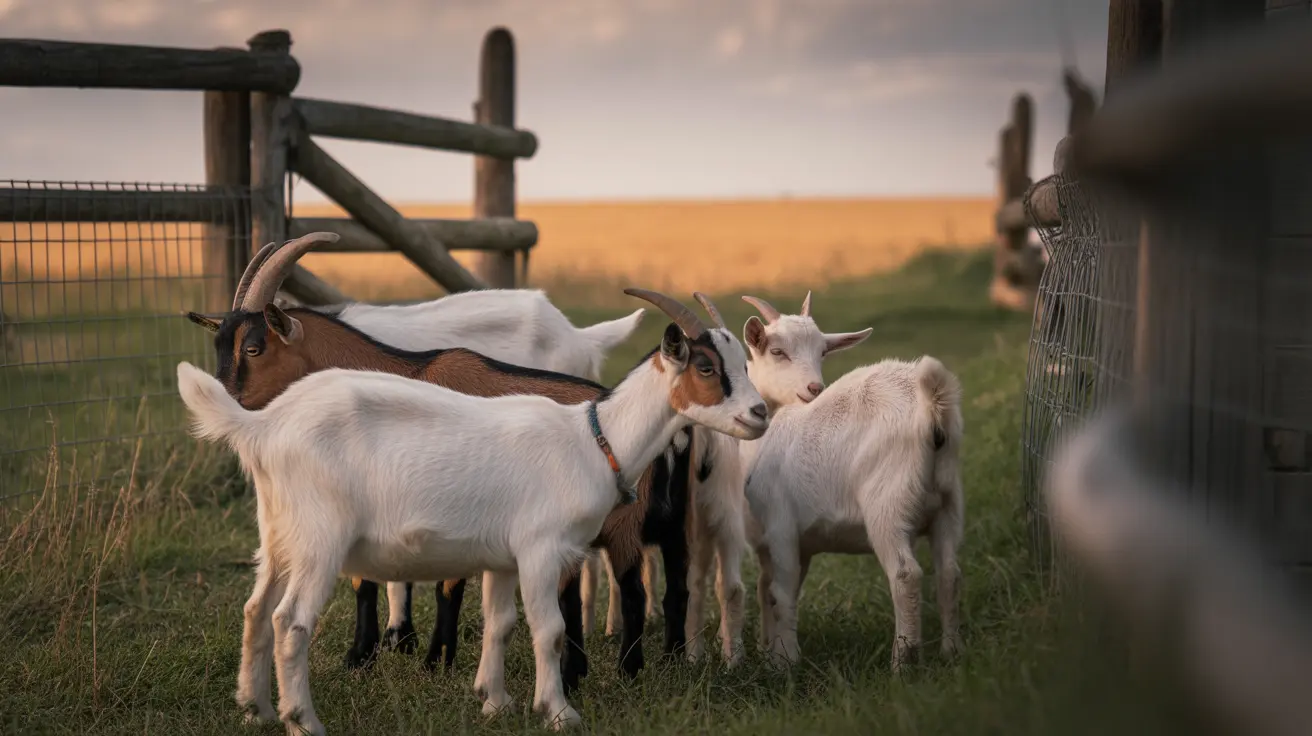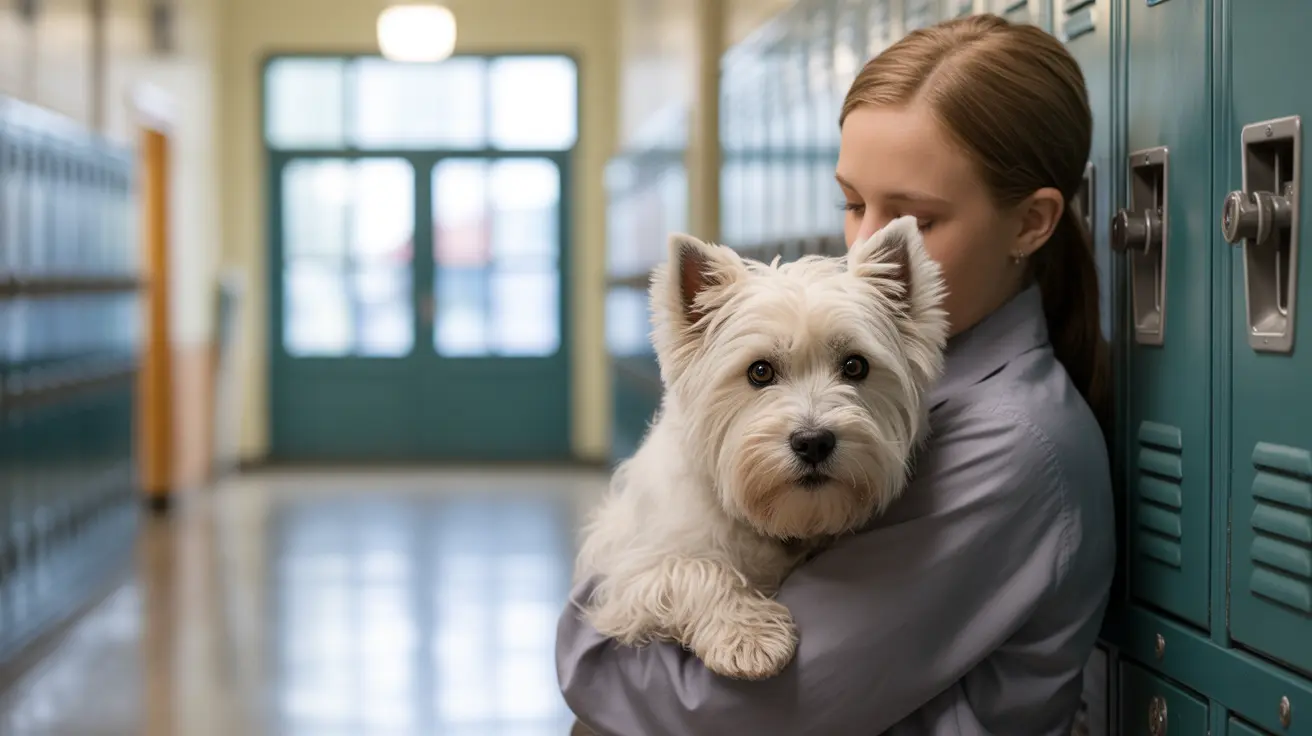Training a dog to become a reliable guard dog requires a structured approach that balances protection skills with social awareness. Whether you're looking to enhance your home security or seeking personal protection, proper guard dog training is essential for developing a well-balanced, controlled, and effective canine defender.
In this comprehensive guide, we'll explore the essential elements of guard dog training, from foundational obedience to advanced protection work, ensuring your dog becomes a reliable guardian while maintaining a stable temperament.
Understanding the Foundations of Guard Dog Training
Successful guard dog training begins with a solid foundation of basic obedience. Before introducing any protection work, your dog must master fundamental commands like sit, stay, come, and heel. This foundation establishes you as the pack leader and ensures your dog will respond reliably to commands even in high-stress situations.
The cornerstone of effective guard dog training lies in proper socialization. Unlike common misconceptions, a well-trained guard dog should be confident and social, not isolated and fearful. This balanced approach creates a dog that can accurately assess threats while remaining calm in normal situations.
Establishing Basic Obedience and Control
Basic obedience training should begin as early as possible, ideally during puppyhood. Focus on:
- Consistent command responses
- Leash training and heel work
- Recall training under various distractions
- Position commands (sit, down, stay)
These fundamentals must be rock-solid before proceeding to any protection training. Your dog should respond to commands quickly and reliably, both on and off-leash.
Advanced Protection Training Techniques
Once basic obedience is established, specialized protection training can begin. This includes:
- Territorial awareness training
- Controlled barking on command
- Perimeter patrolling
- Threat recognition and response
Professional guidance is crucial during this phase to ensure proper development of protection skills without creating aggressive tendencies.
Socialization and Threat Discrimination
A crucial aspect of guard dog training involves teaching your dog to distinguish between genuine threats and normal interactions. Regular exposure to different people, environments, and situations helps develop this discrimination ability while maintaining a stable temperament.
Structured socialization should include:
- Controlled meetings with strangers
- Exposure to various environments
- Interactions with other animals
- Experience with different sounds and situations
Maintaining and Advancing Skills
Ongoing training and skill maintenance are essential for a reliable guard dog. Regular practice sessions should include:
- Refresher obedience work
- Scenario-based protection training
- Socialization exercises
- Physical conditioning
Frequently Asked Questions
What is the right age to start training a dog to be a guard dog?
Guard dog training can begin with basic obedience as early as 8 weeks old. However, specialized protection training should not start until the dog is physically mature, typically around 12-18 months of age.
How can I ensure my guard dog is safe and reliable around my family?
Proper socialization, consistent training, and clear boundaries are key. Your guard dog should receive extensive exposure to family members and regular positive interactions in the home environment.
What are the key differences between guard dog training and attack dog training?
Guard dogs are trained to alert and protect defensively, while attack dogs are trained for offensive engagement. Guard dogs should show discretion and control, primarily serving as a deterrent and responding only to genuine threats.
How do I socialize a guard dog to distinguish between threats and harmless strangers?
Through controlled exposure and training scenarios, teach your dog to recognize normal versus threatening behavior. Professional trainers can help stage appropriate training scenarios to develop this discrimination.
Do I need professional training for my dog to become an effective guard dog?
Yes, professional guidance is strongly recommended, especially for advanced protection work. While basic obedience can be owner-taught, proper protection training requires expert supervision to ensure safety and effectiveness.
Conclusion
Successful guard dog training requires patience, consistency, and a balanced approach. Focus on building a strong foundation through obedience and socialization before advancing to protection work. With proper training, your dog can become both a reliable protector and a well-adjusted family companion.






